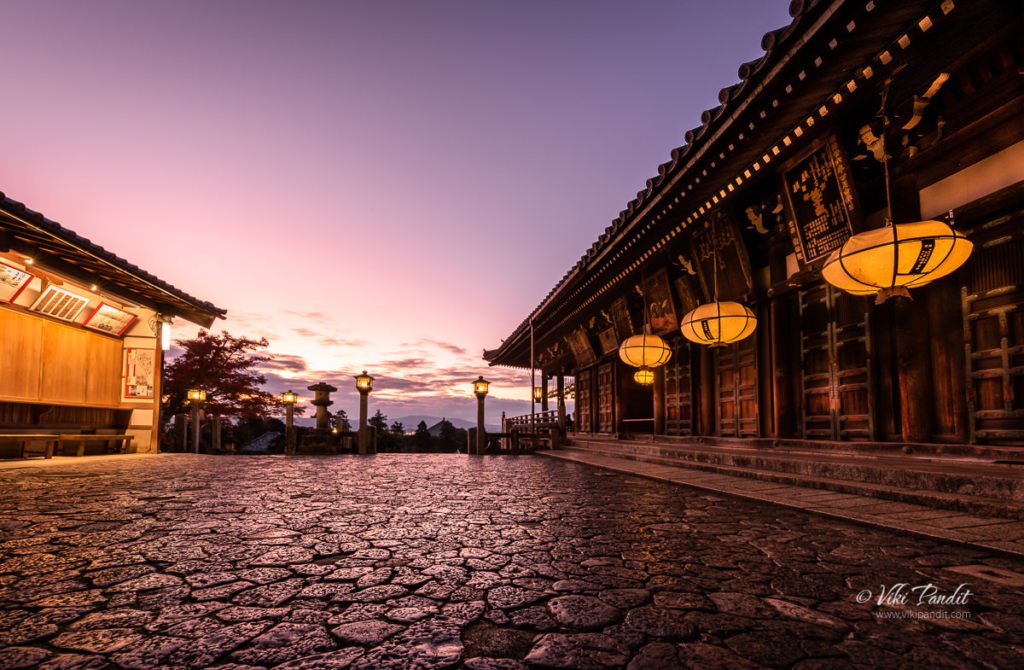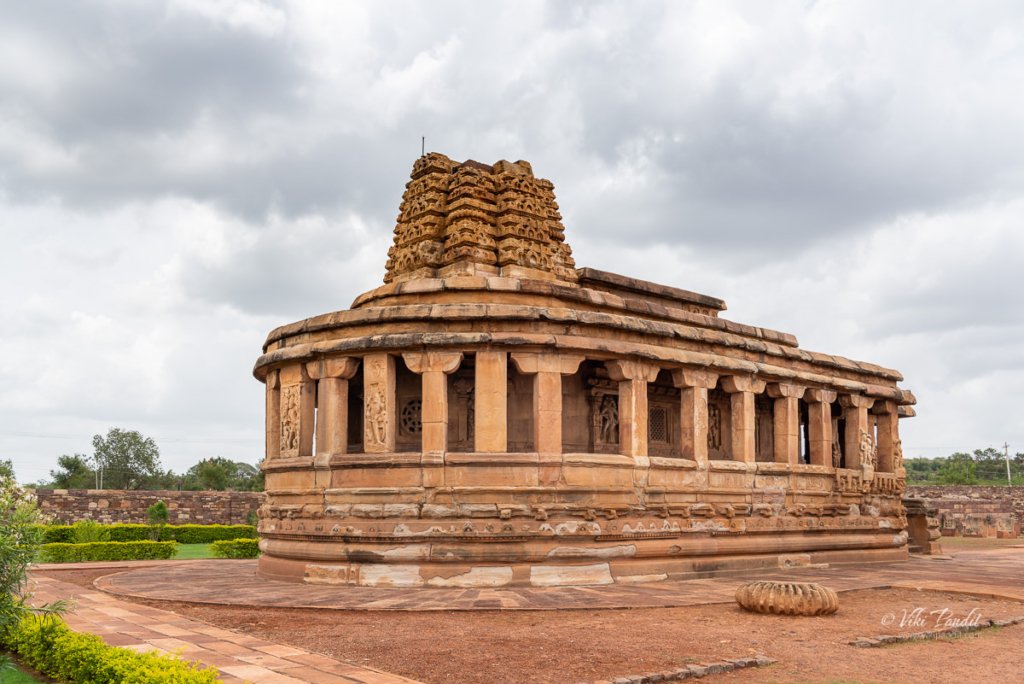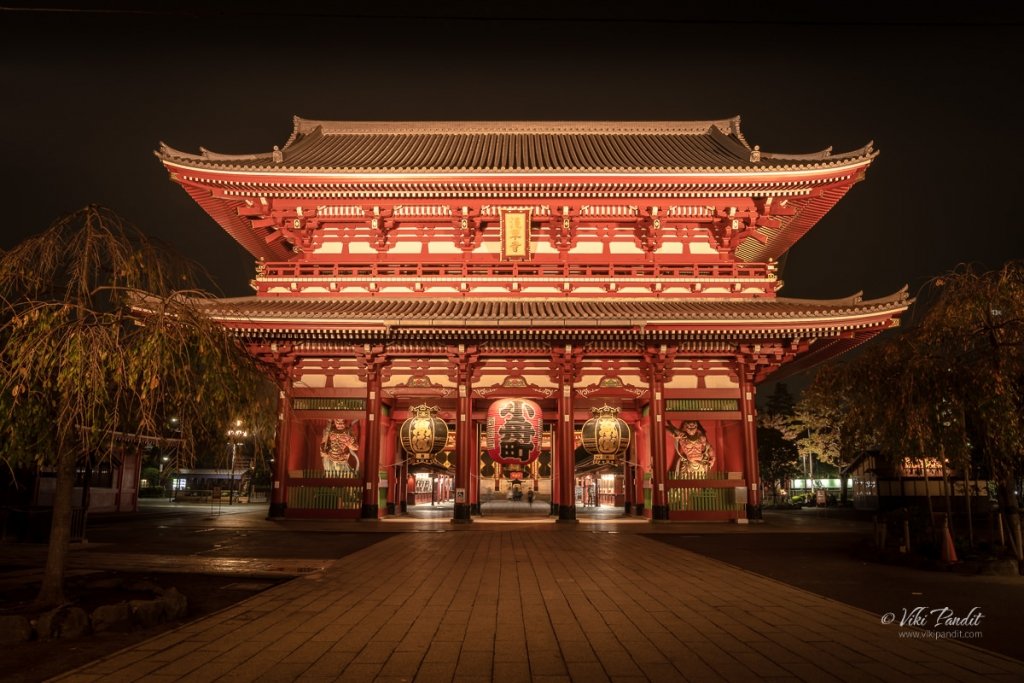
Praying for love at Izumo Taisha
Izumo-taisha, officially Izumo Ōyashiro, is one of the most ancient and important Shinto shrines in Japan. Located in the city of Izumo of Shimane Prefecture, the shrine is dedicated to the god of nation-building – Okuninushi-no-okami




